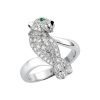
Cartier N4244900 Panthère De Cartier Ring White Gold Diamond Emerald
Cartier N4244900 Panthère De Cartier Ring White Gold Diamond Emerald
- Ref. N4244900
- 18K white gold ring, diamond-paved panther motif set with emerald eyes and black lacquer nose.
- 110 diamonds totaling 0.59 carats
- 8.5 g
- Price: Upon request
Product Description
Cartier N4244900 Panthère De Cartier Ring White Gold Diamond Emerald
PANTHÈRE DE CARTIER RINGS
A timeless Maison icon, reinvented time and time again since her first sighting in 1914. Magnetic, feline and free, the Panthère de Cartier is a force to be reckoned with.
- Ref. N4244900
- 18K white gold ring, diamond-paved panther motif set with emerald eyes and black lacquer nose.
- 110 diamonds totaling 0.59 carats
- 8.5 g
- Price: Upon request
*Please note that the carat weight, number of stones and size of Cartier products made in the Coral jewelry factory may vary depending on the size of the piece ordered. Please contact us for more information.
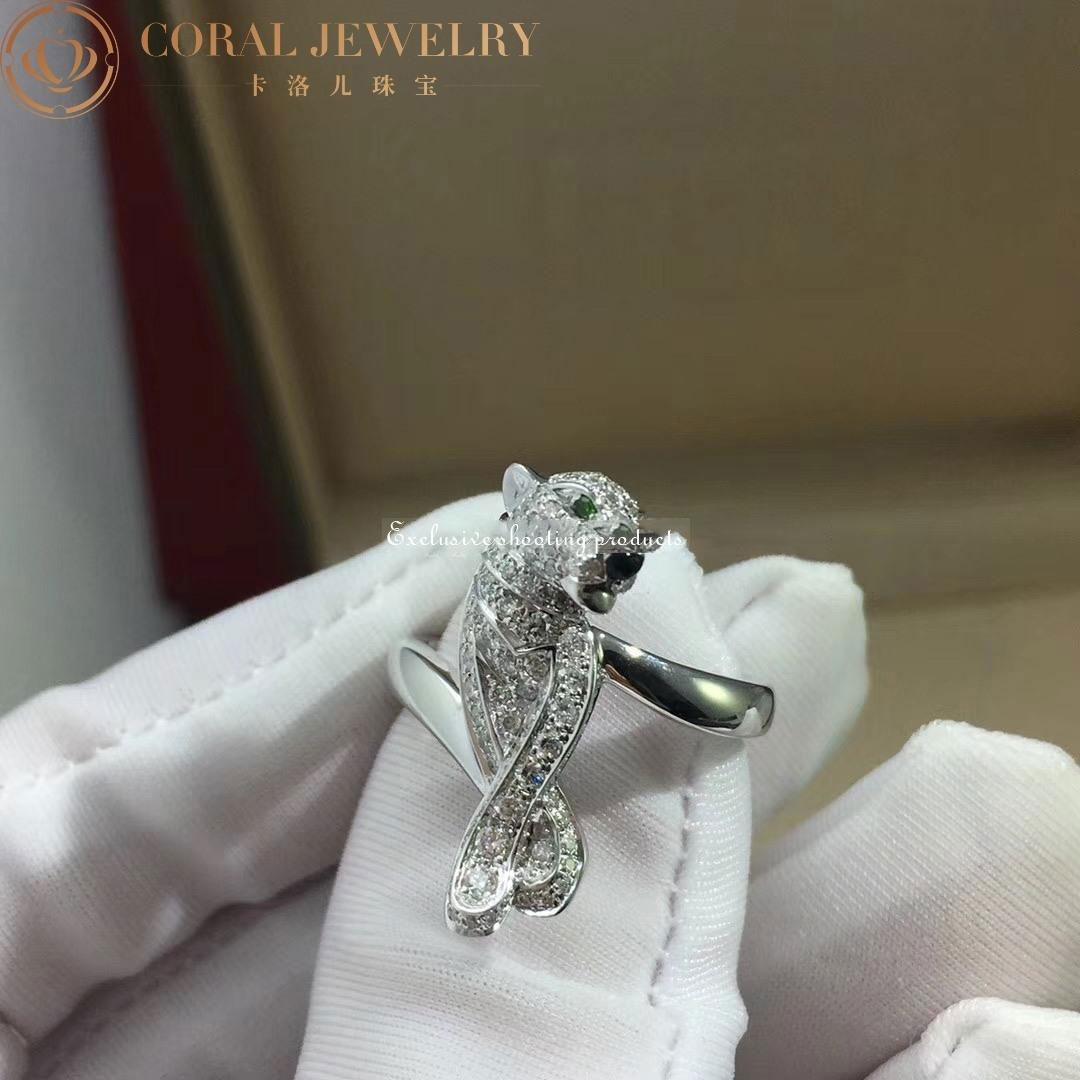
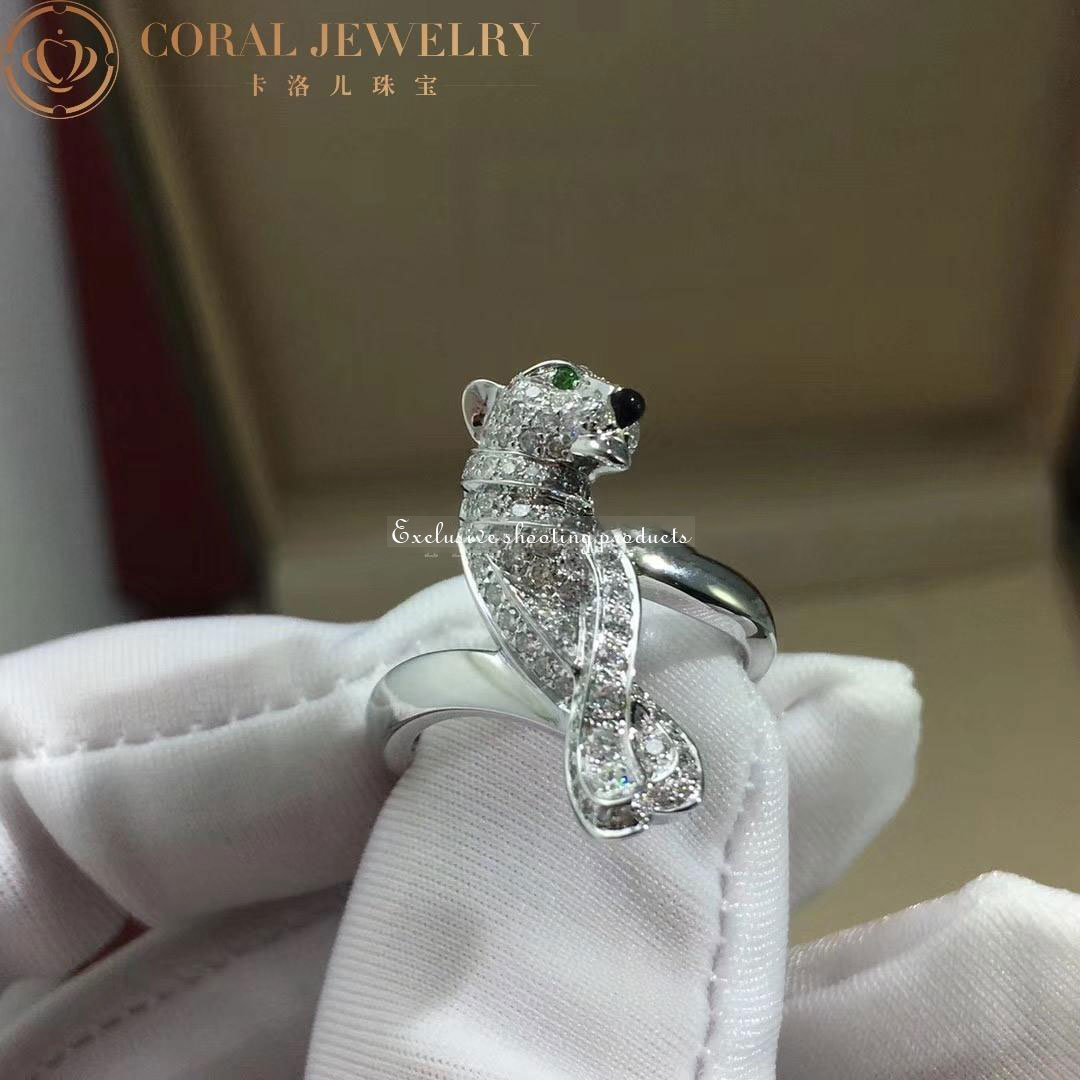
Cartier Panthre De Cartier Ring Review
If you’re in the market for a new ring, consider purchasing a Cartier Panthre De Cartier Ring. This ring is typically priced around $16,586. Cartier is known the world over for its jewelry, and the Panthre De Cartier ring is no exception.
Cartier’s golden years
For many years, wealthy Americans traveled to Paris to purchase Cartier jewels. By the end of the century, Alfred Cartier had largely retired from the business. In his stead, his sons, Louis and Pierre, operated the business. In 1909, they established a presence in New York City. The following year, they secured the current location on Fifth Avenue from industrialist Morton F. Plant.
Although Cartier was not the first European to explore Canada, he is considered to be the most conscientious explorer of his time. His expeditions to the new continent led him to recognize that it was distinct from Europe and Asia. Today, a statue honoring the famous explorer is located in Quebec City’s Saint-Roch district.
The jewels of Cartier were used by the royalty and by the wealthy. In 1856, Princess Mathilde of France, Napoleon’s cousin, patronized the brand. A year later, Empress Eugenie became Cartier’s patron. The brand continued to serve the well-to-do, the French royalty, and aspirant industrialists.
During his early career, Jacques Cartier led three expeditions up the St. Lawrence River and into North America. During this time, he traveled the eastern coast of Canada, discovering Indian capitals and the city of Hochelaga, which is now known as Montreal. The expedition returned home with three ships and 110 men, despite the tumultuous conditions and diseases. His voyages made him a hero and awarded him with wealth and honor.
Cartier also had brief encounters with aboriginal peoples in Canada. He had first encountered them on the north shore of Chaleur Bay, and probably traded with the Mi’kmaq. The relationship between these two cultures became increasingly tense after this. Although his men traded with the local people, he had to return to Quebec to avoid the hostile environment that surrounded him.
In addition to designing the first wristwatch, the company was also responsible for many of the most iconic Tutti Frutti pieces during the Art Deco era. Today, the Cartier brand is a global design house and synonymous with luxury. For a short period, Cartier also owned the infamous Hope Diamond. This 45 carat royal blue diamond was set in a halo of white diamonds. It brought Cartier notoriety.
Cartier’s Tutti Frutti collection
The Tutti Frutti collection is a collection of jewelry that exemplifies the fascination with Asia that shaped the Art Deco period. Its creation began in 1901 when Pierre Cartier created a necklace for Queen Alexandra, the Empress Consort of India. Years later, his brother Jacques Cartier traveled to India and combined carved Mughal gemstones with geometric platinum and enamel patterns.
The Tutti Frutti design was not officially named until the 1970s. During this time, it was still known as “Hindu” jewelry. Then, in 1989, the style was patented by Cartier. Even today, this style continues to influence the brand’s High Jewellery collection. Cartier’s Tutti Frutti designs have become one of the most iconic of the House.
The Tutti Frutti collection is known for its unique blend of color and design. A popular choice for fashionistas, it’s characterized by carved gems alternating with metal. The contrasting colors and textures of Tutti Frutti pieces are striking, especially the bracelets. Each bracelet is unique in its own way, highlighting the vibrant colors and shapes of each gem.
The Tutti Frutti collection’s flamboyant designs influenced many other designers. For instance, Paul Flato, the master of Art Deco, was influenced by Tutti Frutti. His brightly coloured carved gemstones evoked fruit salads. His pieces were so colorful, however, that Flato referred to them as “wiggly jewels” instead of jewels.
The Tutti Frutti bracelet is an iconic piece of jewelry from the Art Deco period. It features single-cut diamonds, colored sapphires, and carved stones. It’s the most expensive jewel sold at an online auction. It is also the most expensive in its category.
The Tutti Frutti collection has inspired many different types of jewellery, including those with flowers and fruit. It was also inspired by the design of military tanks from World War I. A collection that has since been retired from the market is also now available for public purchase. And with a burgeoning online auction industry, it is clear that Cartier will continue to set the bar for iconic pieces of jewelry.
The Tutti Frutti collection has a long history with the Indian subcontinent. Jacques Cartier first traveled to India in 1911 and returned with gemstones to be used in jewelry. He also encountered the Maharajahs of India, who would commission masterpieces from Cartier. And he also learned the traditional stone carving techniques of Indian jewelry.
Cartier’s Love bracelet
Since the early 1970s, Cartier has sought to market the Love bracelet to a younger, more stylish clientele. Today, YouTube channels devoted to the Cartier Love bracelet often feature influencers and prospective socialites discussing their experiences purchasing the bracelet. These videos have thousands of views, and they often depict young people getting caught up in the purchase process. Though the love bracelet was initially intended as a symbol of romantic love, it has since evolved into a sexy fashion statement.
The Love bracelet was first introduced by Cartier’s founder Aldo Cipullo in 1969, and was intended to be worn on a daily basis. It featured the signature Cartier screws and was meant to be worn by both men and women. Cipullo’s bracelet design captured the essence of sexual liberation and casual luxury.
The first Love bracelet was designed in 1969 by Aldo Cipullo, who was inspired by medieval chastity belts. The bracelet is designed in an oval shape, making it easy to fit the wrist of a loved one. The original Love bracelet was never meant for a self-purchase, and the company had a strict policy that customers could only buy one for their loved one. It is available in gold, which is considered a classic choice for a gift.
The Cartier Love Bracelet is one of history’s most iconic pieces of jewelry. It was designed by Aldo Cipullo and has been one of the most popular pieces of everyday jewelry for nearly 50 years. It is a symbol of love and partnership, and is a symbol of commitment. It consists of two separate pieces that bolt together using a tiny Cartier screwdriver. Cartier has since created a slimmed-down version of the Love bracelet and a number of diamond encrusted models.
The Love bracelet was designed by Aldo Cipullo in 1969, and features a screw head motif on the outer edges of the bracelet. It was meant to be worn all day, and is worn as a reminder of eternal love. Its distinctive oval shape was created to evoke the curve of the wrist.
Cartier’s Tutti Frutti ring
This beautiful ring by Cartier features a round diamond in the center and intermittent cabochons of transparent colored gemstones on either side. It weighs 6.49 grams and is made of 18-karat yellow gold. The ring is signed by the French assay office and carries the “750” hallmark.
Sotheby’s has a long history of successful sales of Tutti Frutti jewels from Cartier. In 1991, the Collier Hindou sold for $2.7 million, setting a record for any Tutti Frutti jewel at auction. Evelyn H. Lauder’s Tutti Frutti bracelet went on to sell for $2.2 million in December 2014. This remains the auction record for a Tutti Frutti piece by Cartier.
The Tutti Frutti style was a popular trend during the 1920s and 1930s. This collection featured colored gemstones and carved gems, and the designs were inspired by Indian designs. Cartier mounted the gems in platinum and diamond settings.
Cartier N4244900 Panthère De Cartier Ring White Gold Diamond Emerald


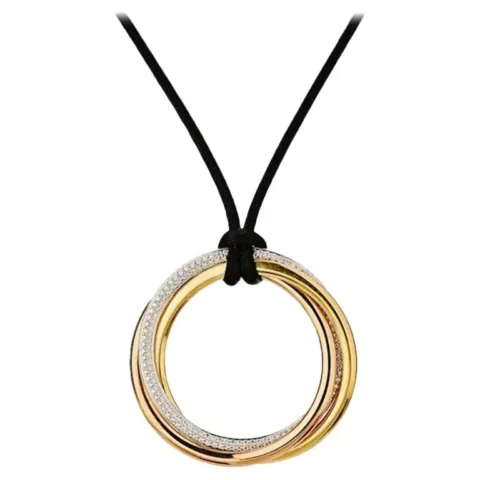

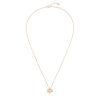


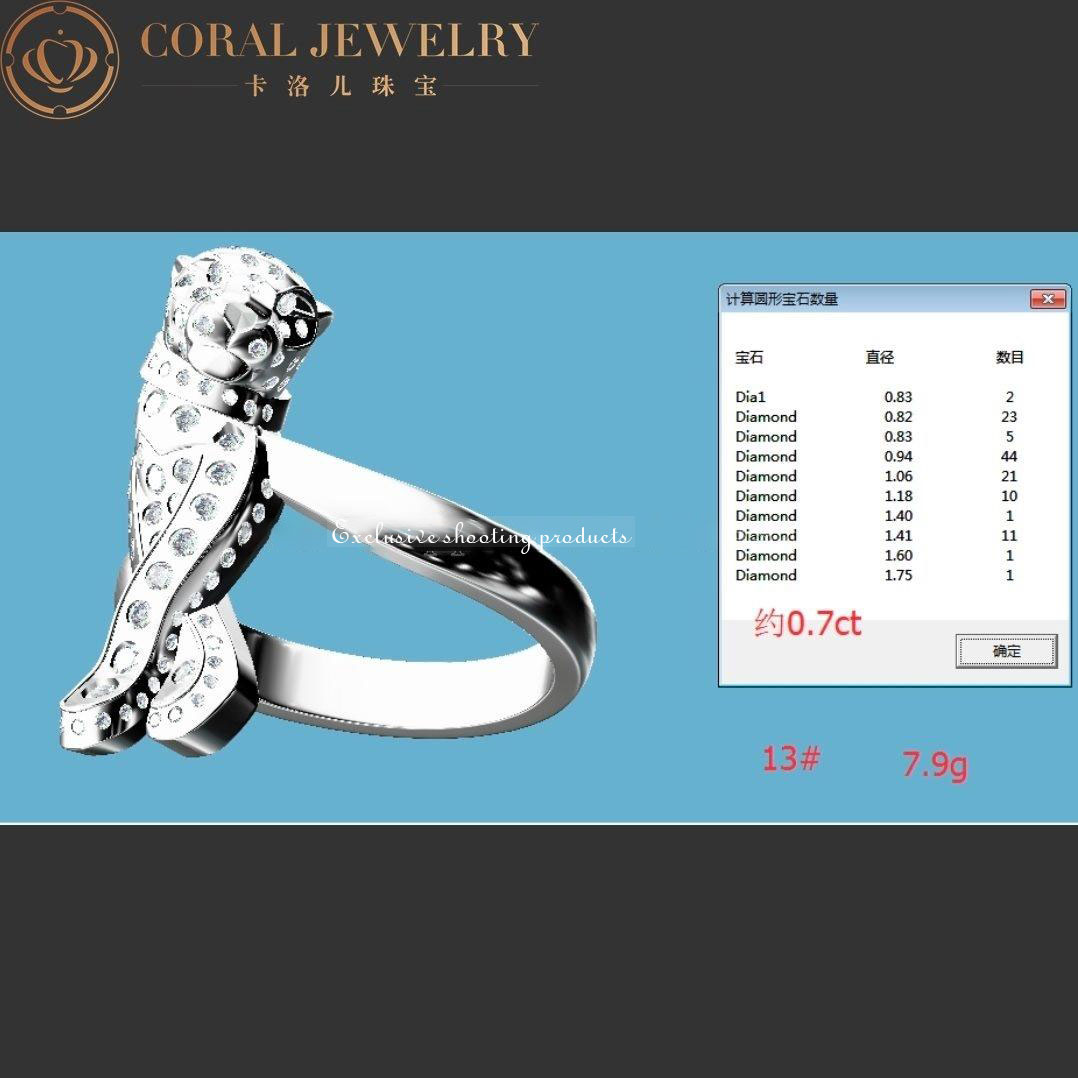
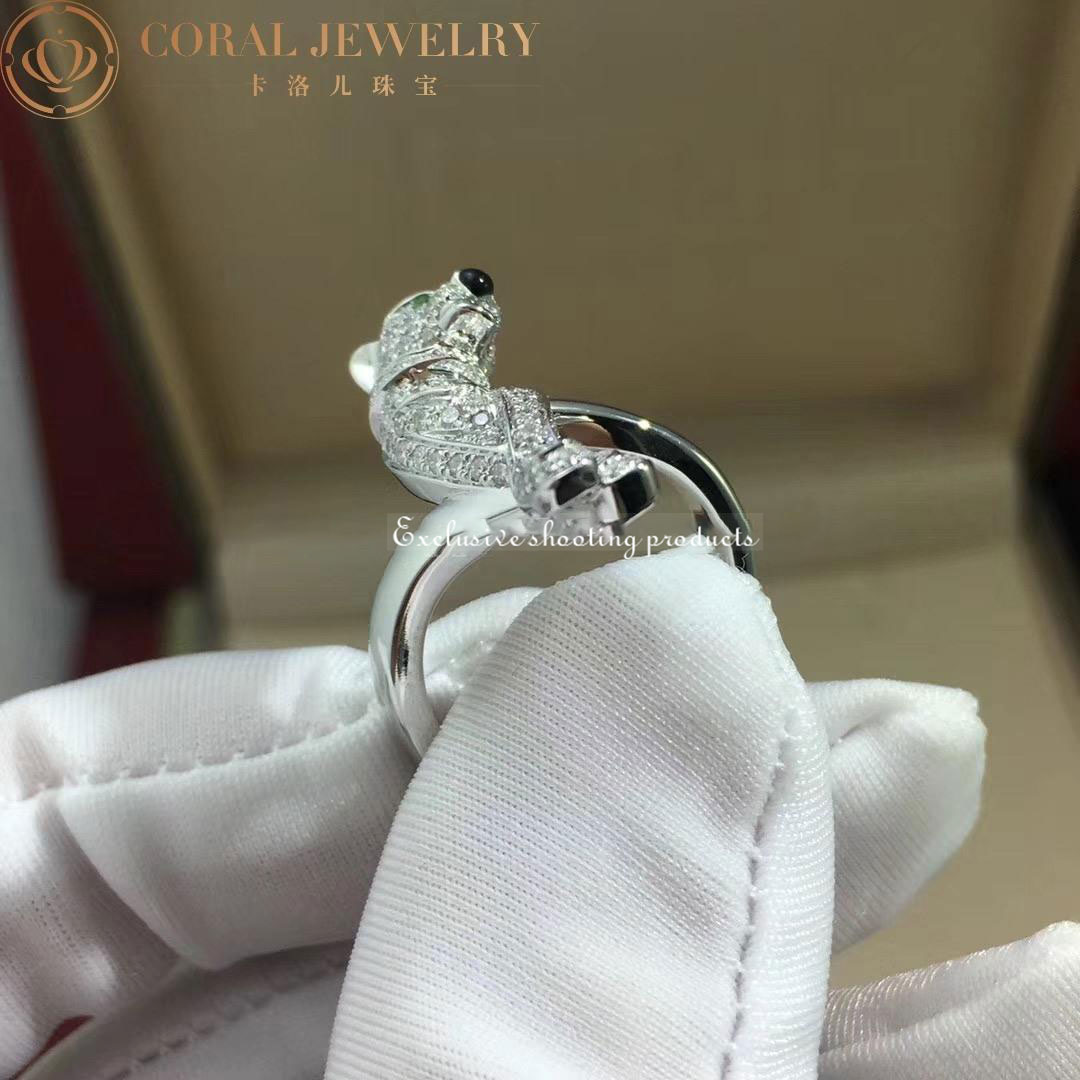
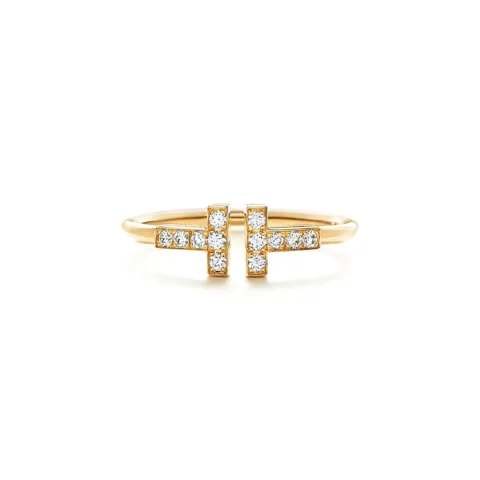
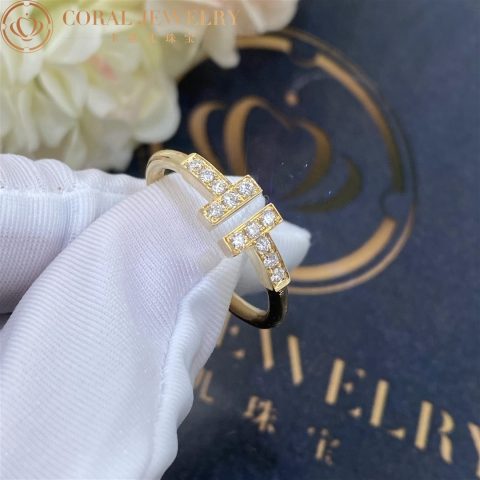
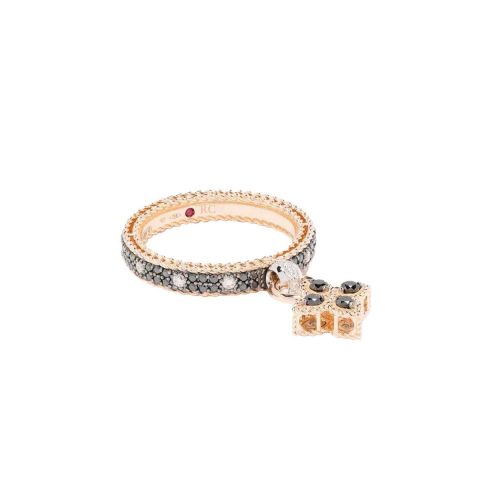
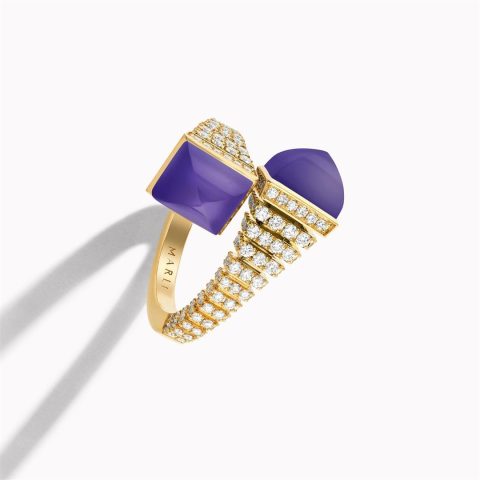
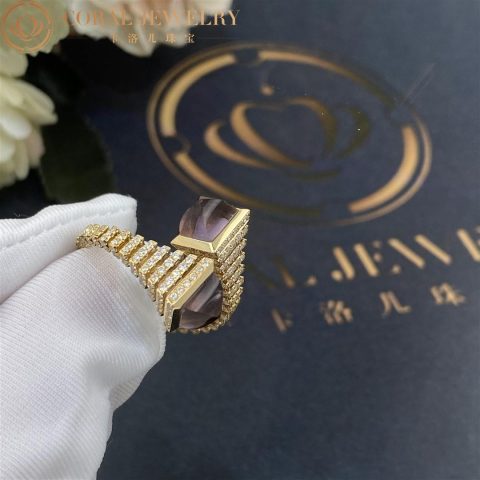


Reviews
There are no reviews yet.